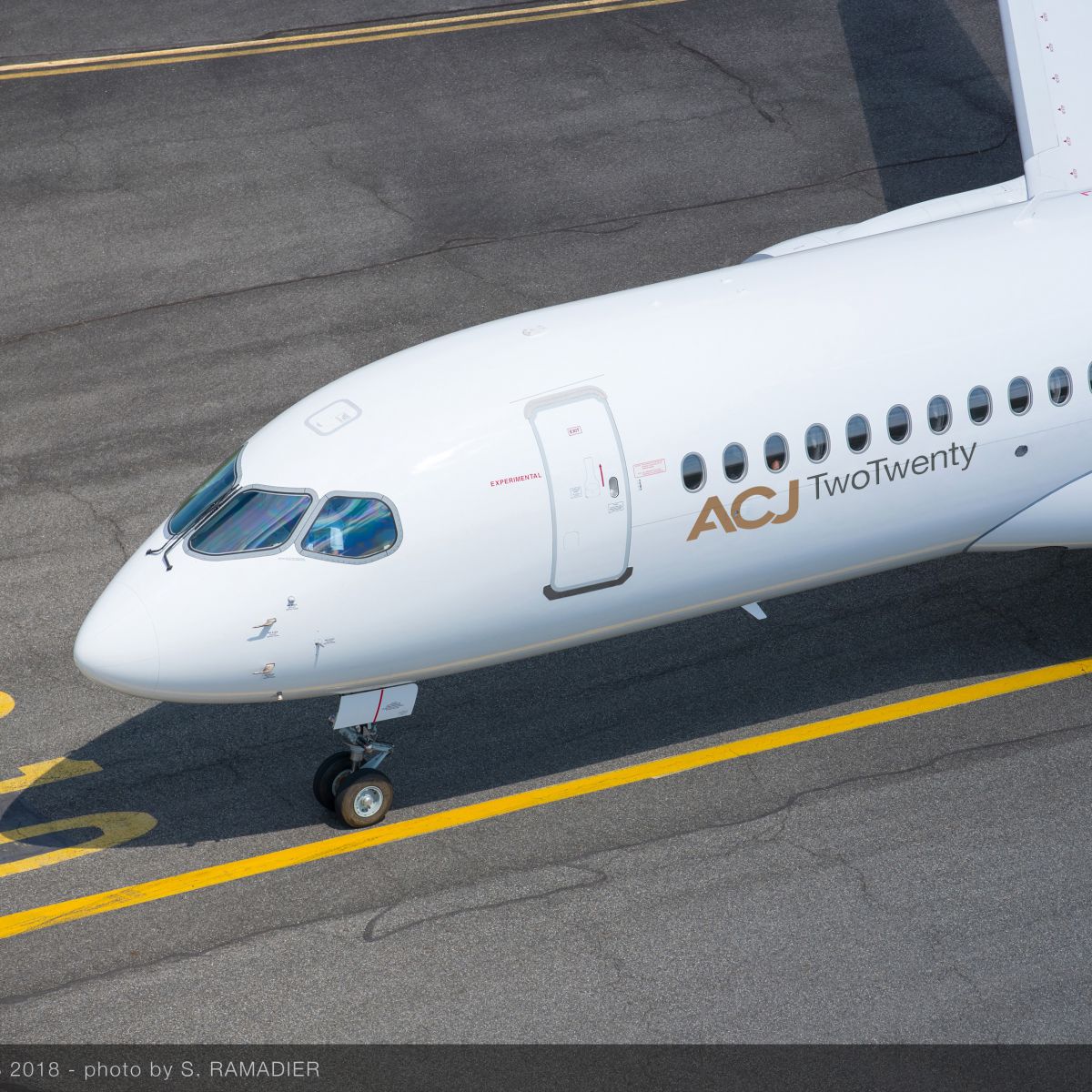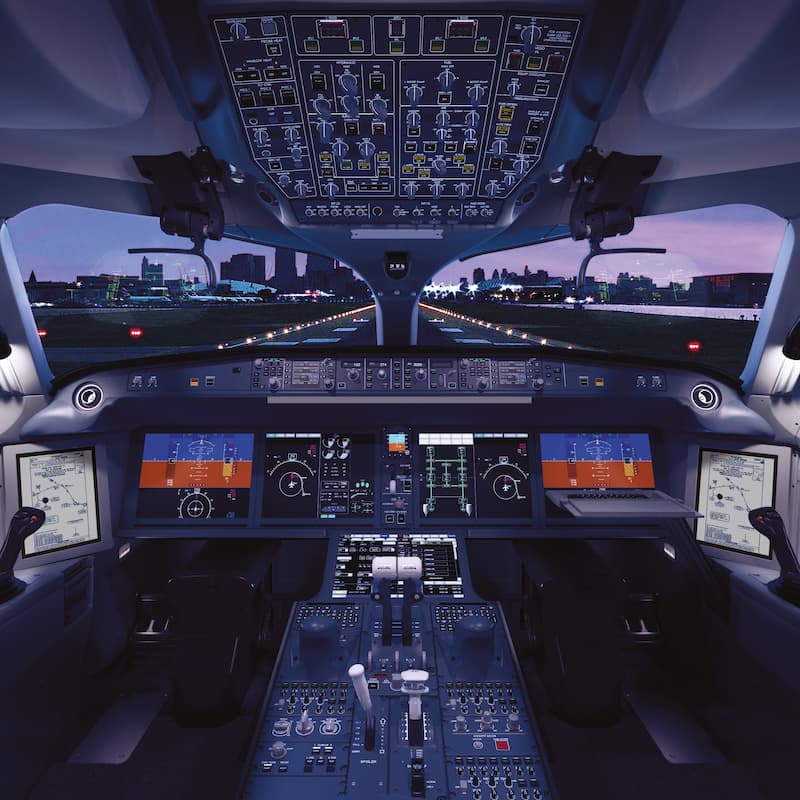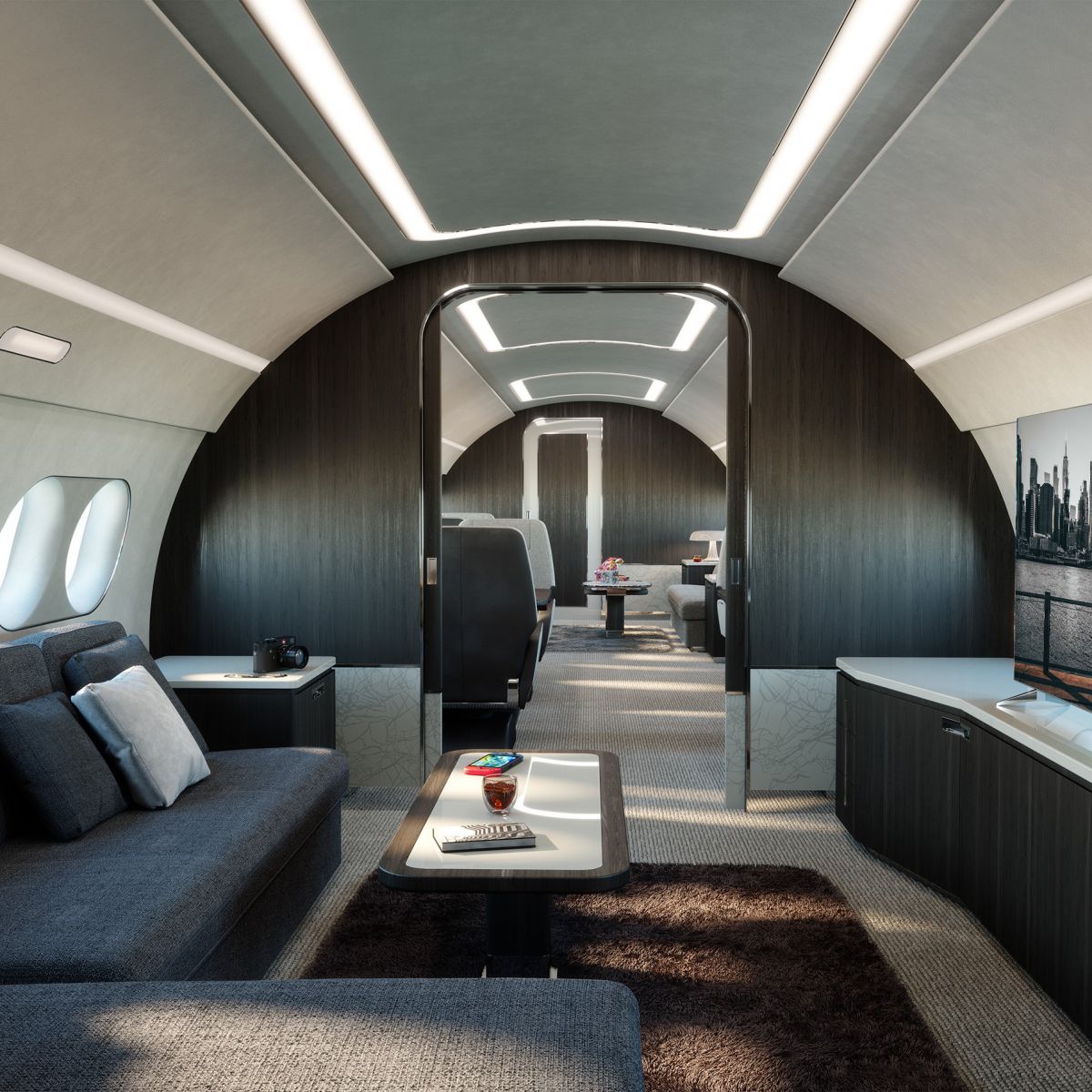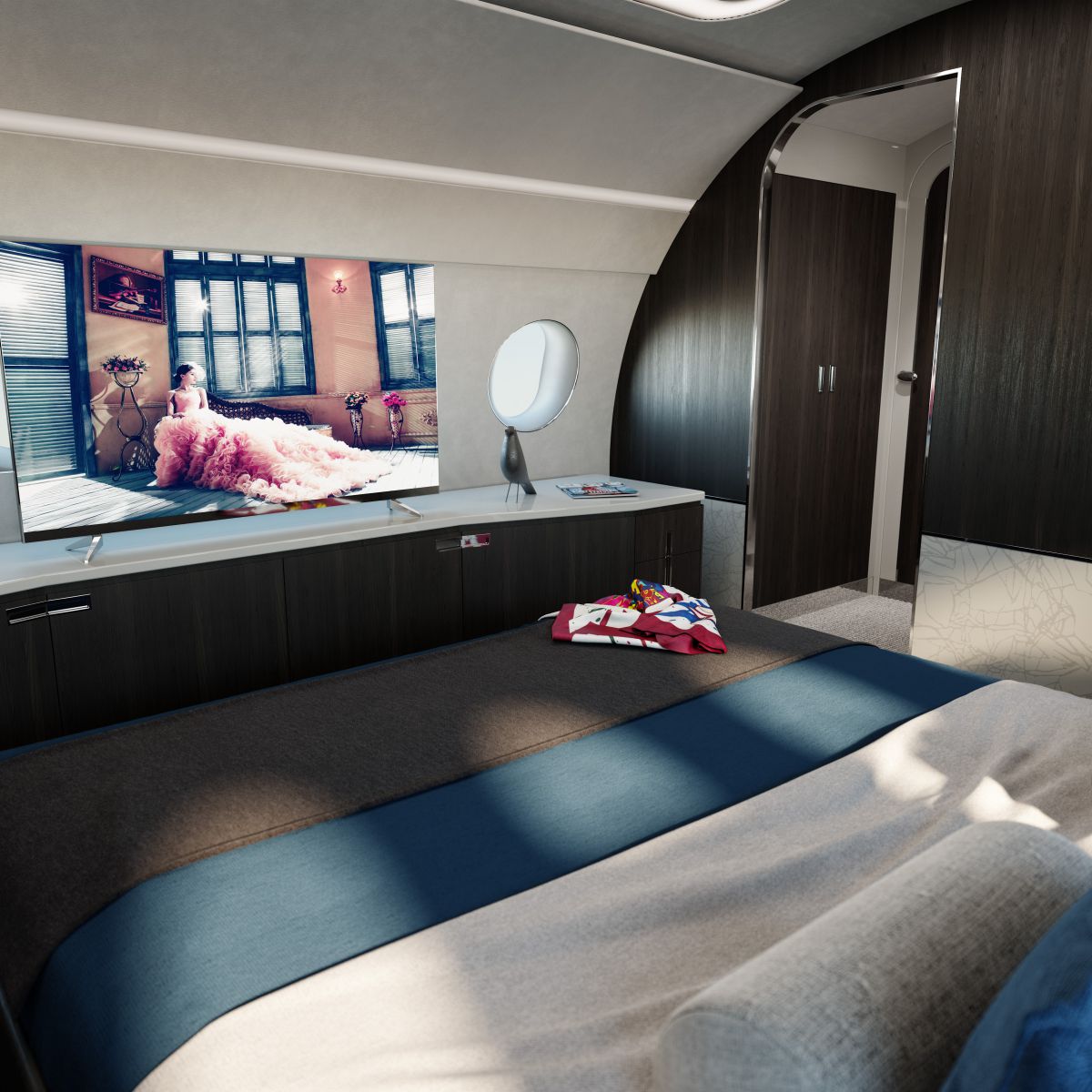Company Profiles
Business Travel â An Expanding Frontier For Airbus

The worldâs business aviation industry is a barometer for the wealth management industry to follow. Financial hubs also compete as registration locations for aircraft; the sector also attracts investment from HNW clients and advisors. We examine what Airbus is up to.
For many people in the summer holiday season, with its litany of
mass flight cancellations and lost luggage, the prospect of air
travel is grim â at least until disruptions end.
But despite all this disruption, business travellers are keen to
make up for lost time after more than two years of Zoom or Teams
âmeetings.â They want to take to the skies again. And that
includes long-haul flights.
Some executive jets are comfortable but donât necessarily have
the range to cover routes, such as from London to Singapore,
without at least one refuelling stop. But the shape of business
flying is changing â there is a new breed of large jet designed
for entrepreneurs and executives that blends range, comfort and
convenience. This is a space that France-based Airbus targets via
its Airbus Corporate Jets (ACJ) division. And it hopes it will
gain a significant edge over rivals, such as Seattle-based
Boeing.

The view from the cockpit
Your correspondent recently enjoyed a flight on an ACJ319neo
corporate jet from Toulouse â where Airbus has its headquarters
and its ACJ TwoTwenty Creative Studio â and had a sense of how
luxurious these jets are. (Regular flying, alas, will never feel
quite the same again.)
The European aircraft manufacturer has a mix of ACJ319neo and
ACJ320neo corporate aircraft which, it says, boast three
times more space than traditional large business jets with
similar range and operating costs. The ACJ TwoTwenty was launched
in October 2020 â a tough year in which to roll out a new
aircraft. Airbus hopes that the only way is up from there.
The Toulouse campus of Airbus showcases how these aristocrats of
the air are designed. It also demonstrates how owners can pick
and choose liveries, internal designs â such as the
configuration of seats, tables, beds and room areas â and
harnesses virtual reality technology to show customers what they
can get for their money.
Business has been brisk. In July, for example, an ACJ319neo was
delivered by ACJ to a new private customer in Western Europe (the
identity has not been disclosed). In this case, the aircraft will
be managed by Jet Aviation and is available for charter. More
than 210 Airbus corporate jets are in service worldwide, with
about 28 per cent in private hands, 22 per cent are available for
corporate charter and the rest used by governments, ACJ told this
news service in a media briefing. The latest ACJ business jet can
fly for 12 hours non-stop and, thanks to an increased
humidification system in the cockpit, without exhausting crew and
passengers. (Dryness and the pressurisation of most aircraft
cockpits is a big contributor to the tiredness felt at the end of
a long flight, as many of our readers will know only too
well.)
Flying higher
Numbers so far have been encouraging and reflect a wider rebound
in aviation since lockdowns in most of the world ended. (Not even
the wealthiest travellers are freed from bureaucracy.) According
to the latest figures from WingX, which collates industry trends,
the number of global business aircraft departures in April was
15.7 per cent higher than in the same month in 2019 â before the
pandemic hit.
âThe global business aviation sector is enjoying a strong
recovery from the worst of the Covid-19 crisis, and this is
evident in the two biggest markets â the US and Europe.
Departures are up and the use of business aircraft is increasing.
Growth is also being driven by innovation and a growing focus on
sustainability,â Chadi Saade, VP Commercial, ACJ, said.
January, February and March 2022 saw increases of 11 per cent, 15
per cent and 17.9 per cent respectively compared with the
same months months three years ago. In June, the number of
global business aircraft departures was 17.2 per cent higher than
in June 2019.
Figures also shed light on where planes are taking off and
landing, among other trends. For example, business jet
departures from Palm Beach, Florida, skyrocketed by 61.8 per cent
in April 2022 from the same month in 2019 and for large business
jets, the rise was even more marked, at 70.8 per cent. There were
other sharp gains in Naples, Florida, Phoenix, Arizona, and
Miami, Florida. The top-10 total departure hubs in the US clocked
up a 32 per cent gain for all business jets, and 31 per cent for
the larger jets. In Europe, the comparable increase in business
jet departures from the 10 largest hubs for these aircraft was
19.4 per cent; for large business jets, the gain was far lower,
at 5.6 per cent.
ACJâs Saade is understandably confident his business will thrive
in this environment.
âWe are well positioned to capitalise on the growth in the
ultra-long range business jet market, especially with our new
addition â the ACJ TwoTwenty. This has created a new market
segment â the Xtra Large Bizjet â which includes a unique
flexible cabin catalogue, addressing the requirements of the
heavy and long-range business jet categories,â he said.
Competition, opportunities and red tape
Airbus isnât going to have the skies to itself, of course.
Boeing, Bombardier, Gulfstream and Dassault are some of the main
players in the field. Boeing, for example, has its Boeing
Business Jets division, offering a range of planes for business
and private, charter, corporate and head-of-state operations.
These products include the BBJ MAX family and versions of
Boeing's 787 Dreamliner, 777X, and 747-8. (BBJ was launched in
1996.)
This is a lucrative industry. According to Fortune Business
Insights, the global business jet market is projected to
grow from $29.03 billion in 2022 to $38.34 billion in 2029, at a
compound annual growth rate of 4.06 per cent in the forecast
period of 2022 to 2029. Last October, Honeywell International
predicted that business jet use would rise by 12 per cent, and
estimated that there would be 7,400 deliveries, worth $238
billion from 2021 to 2031.
The rise of the sector has its barriers, however. The Fortune
Business Insights report referenced above says that there
are delays in aircraft being certified, and differences in the
way in which national regulations of the sector are interpreted
across countries. Aviation authorities can impose a long
certification process. To some extent, countries can fix the
problem by co-operating with other countriesâ regulators, and
this also explains why certain jurisdictions, such as Malta,
Guernsey, Switzerland and the Isle of Man make a point of being
regulation-friendly hubs. (Last December, this publication spoke
to Colibri Aircraft, a private jet broker,
about trends in registrations within specific
jurisdictions.)
Tax and regulations, as well as the HR challenge of recruiting
and keeping pilots, technical crew and support staff, are
ever-present headwinds. In the US, for example, the tax treatment
of owning or leasing private jets for business use can be a
political hot issue. Under the Trump administration, rules were
amended in 2017 to allow 100 per cent expensing on commercial and
non-commercial aircraft used in a trade or business, enabling
taxpayers to immediately write off the cost of planes acquired
put into service after 27 September 2017, and before the
start of January 2023. That appeared to be a welcome boost for
the aircraft industry, although it provoked frowns from those who
said the former president had given a tax break to the rich. The
changes run to 2023.
Wider and nicer
At Airbus, thereâs no doubt how much attention to detail is being
expended on the new business jets. Airbus says its new planes are
wider than comparable aircraft in the business jet space, such as
Boeing BBJ, Gulfstream G650, and Bombardier Global 7500. Among
other facts and figures are that Airbusâs âneoâ planes have an
average âcabin altitudeâ of below 6,000 ft, and they can cruise
at 41,000 feet to avoid major turbulence and traffic.
The Airbus A320 airframe is also a familiar figure in the skies â
more than 9,000 of them are in service around the
world.

An example of the lounge design
As I discovered during an all-too-brief flight from Toulouse to
Geneva, the aircraft that Airbus have worked on are extremely
pleasant to sit in. Time will, of course, tell who wins in the
race to be the leading business jet brand around the world.
Whatever the economic black clouds may be, the appetite for those
with the means to do so to fly long-haul, and in style, appears
unabated.

A bedroom design
(For more articles about aviation and wealth management, click here and here.)
